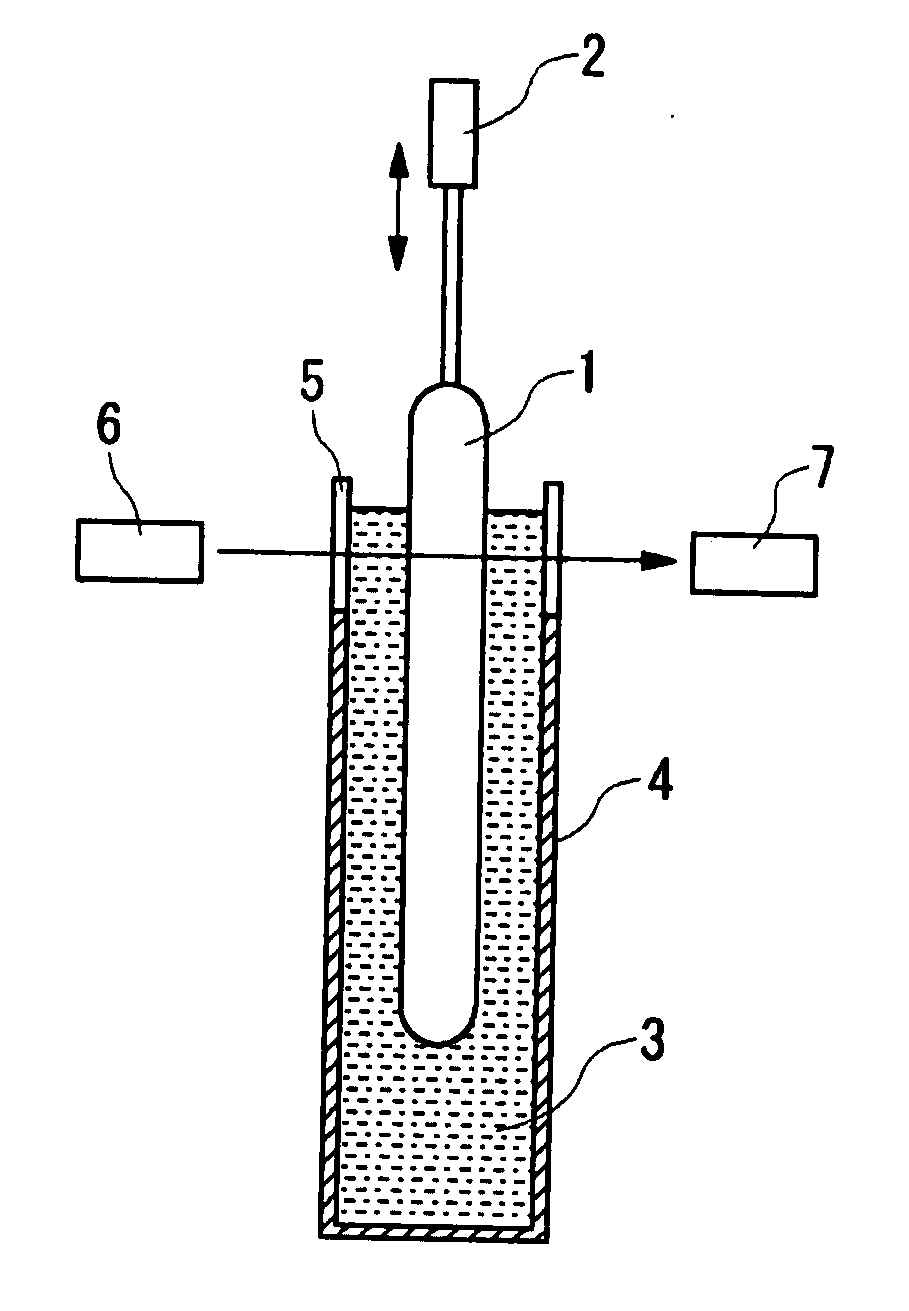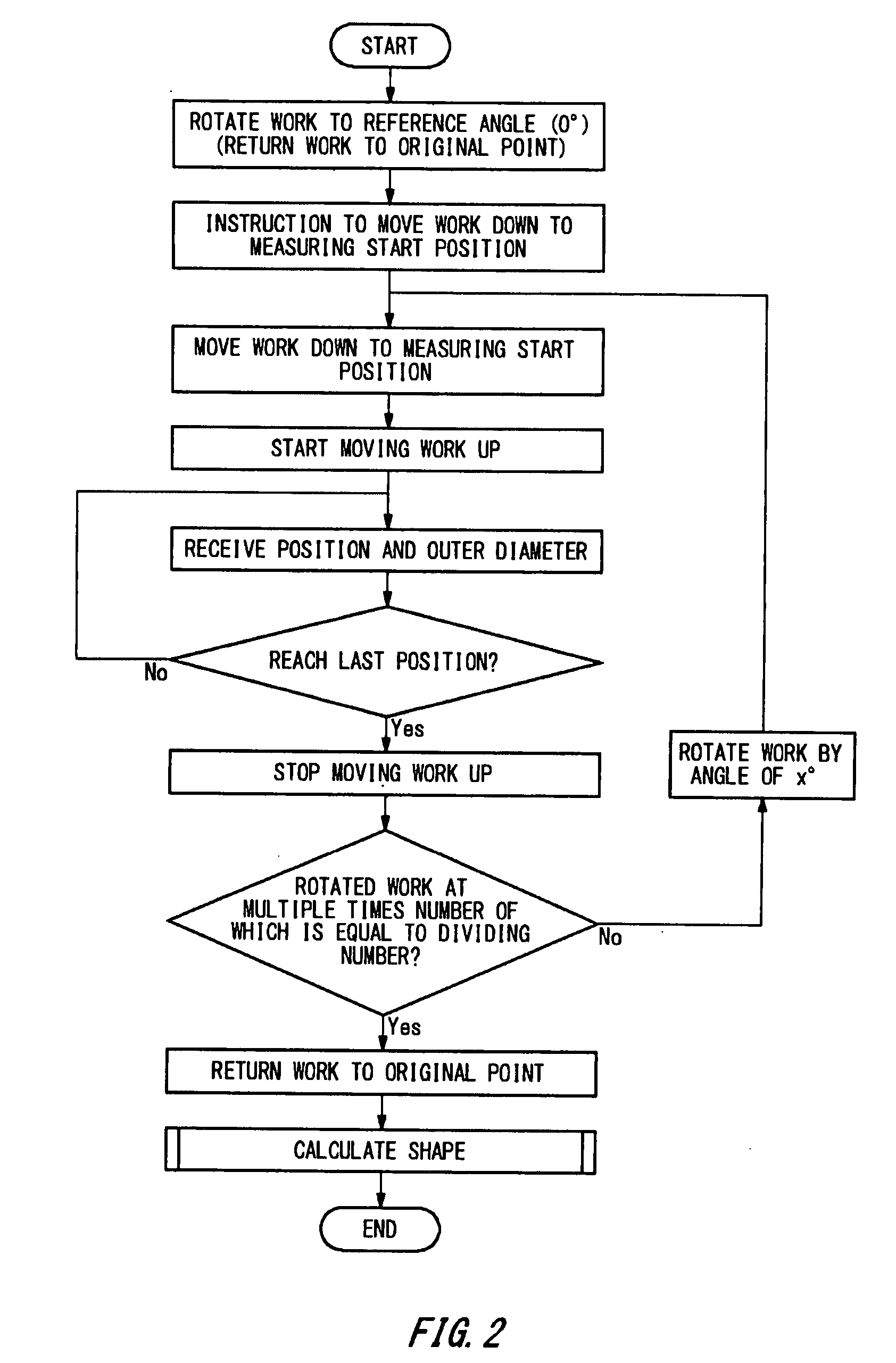Method for measuring non-circularity at core portion of optical fiber parent material
a core portion and non-circularity technology, applied in the direction of optical elements, optical apparatus testing, instruments, etc., can solve the problems of affecting the accuracy of the calculation of non-circularity is significantly reduced, and the risk of long-distance communication is high, so as to improve the effective measurement accuracy, the accuracy of the calculation of non-circularity is remarkably reduced, and the accuracy of the calculation remains substantially the same level
- Summary
- Abstract
- Description
- Claims
- Application Information
AI Technical Summary
Benefits of technology
Problems solved by technology
Method used
Image
Examples
Embodiment Construction
[0027] Hereinafter, an embodiment of the present invention will be described. The embodiment does not limit the invention according to the claims, and all the combinations of the features described in the embodiment are not necessarily essential to means provided by aspects of the invention.
[0028]FIG. 1 is a schematic view illustrating the configuration of a non-circularity measuring device which measures the non-circularity of an optical fiber base material 1. The optical fiber base material 1 is vertically held by a hanger device 2 that can be moved upward and downward and rotated in such a manner as to be immersed in a vessel 4 filled with a matching oil 3. In the upper portion of the vessel 4, a measuring window 5 is provided to enable parallel light to enter the optical fiber base material 1 from a lateral surface thereof and to monitor part of the light which transmits through the optical fiber base material 1. The measurement of the relative value of the outer diameter (desc...
PUM
 Login to View More
Login to View More Abstract
Description
Claims
Application Information
 Login to View More
Login to View More - R&D
- Intellectual Property
- Life Sciences
- Materials
- Tech Scout
- Unparalleled Data Quality
- Higher Quality Content
- 60% Fewer Hallucinations
Browse by: Latest US Patents, China's latest patents, Technical Efficacy Thesaurus, Application Domain, Technology Topic, Popular Technical Reports.
© 2025 PatSnap. All rights reserved.Legal|Privacy policy|Modern Slavery Act Transparency Statement|Sitemap|About US| Contact US: help@patsnap.com



